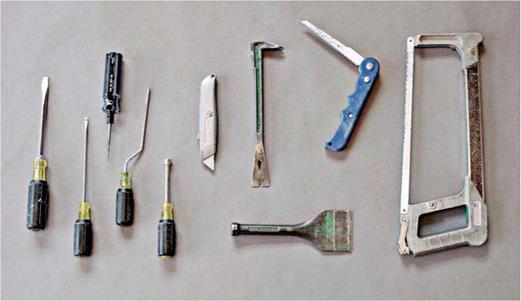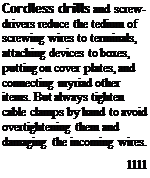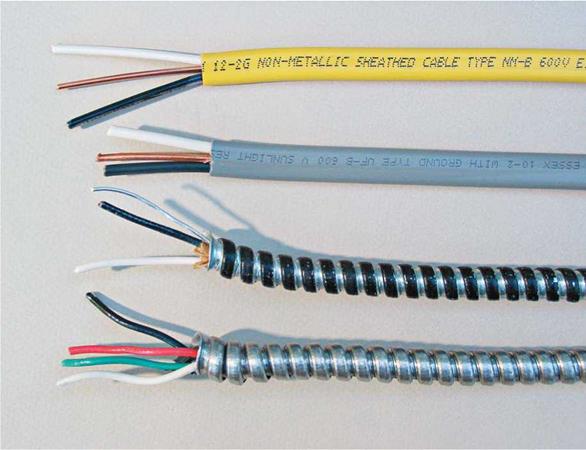TIP
In some very old houses, you may find that the neutral wires were attached to a switch— rather than the hot wires, as required by codes today. Thus, when working on old switches or fixtures, test all wires for current. Even if you’ve flipped a fixture switch off, there could still be a hot conductor in the fixture outlet box.
llll
 |

when an outlet is too distant. Cordless tools now have all the power you could want. Besides, they don’t need an extension cord and won’t electrocute you if you inadvertently drill or cut into a live wire. Cordless reciprocating saws can cut anything from plaster lath to studs; but use
a cordless jigsaw if you want to preserve the plaster around a cut-in box opening.
Miscellaneous tools. Other necessary tools include a hammer, tape measure, Speed Square, hacksaw, plaster chisel, drywall saw, nut driver, small pry bar, and spirit level.
|







Leave a reply